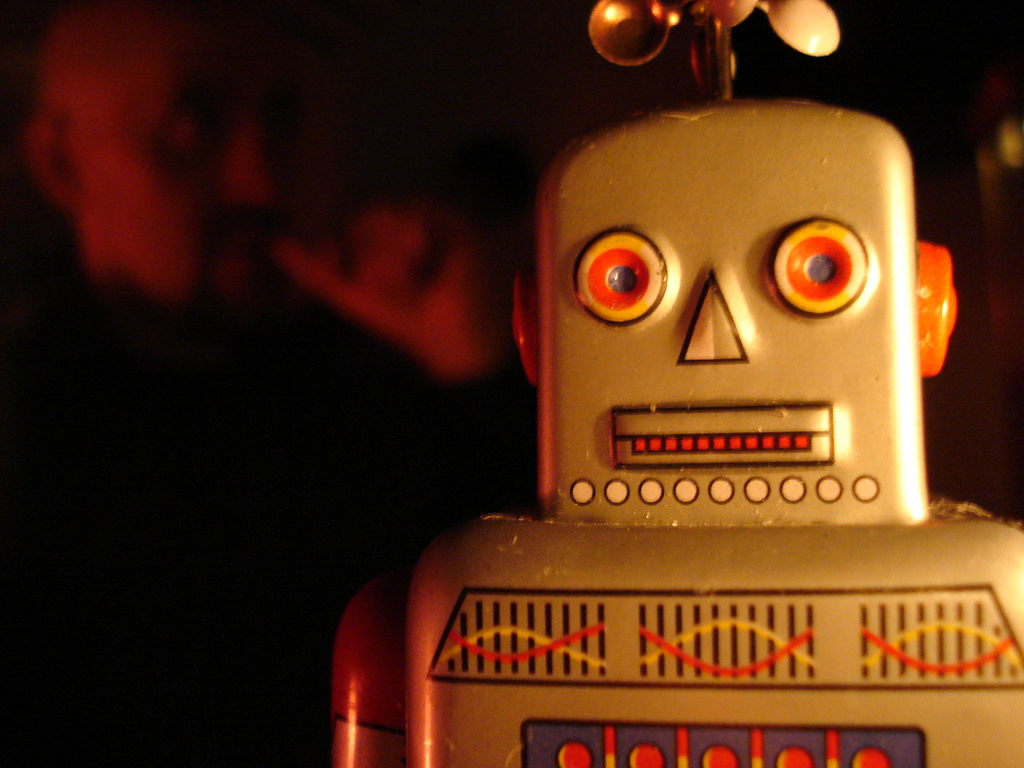This piece was co-authored by Mayo Nissen and Graham Tuttle of frog.
Succeeding in the news business is complicated. Constant technological innovation, skeptical and fragmented audiences and an ever-growing appetite for round-the-clock coverage have dramatically changed the way we engage with stories of the day. Traditional distribution processes, career paths and revenue streams once vital to the journalism industry continue to be rattled.
The Associated Press (AP) understands these challenges firsthand, and has been at the forefront of delivering on changing consumer demands, even as they are in constant flux. That’s why the AP approached us at frog, a global design and strategy firm, hoping to extend its efforts even further. Rather than looking ahead just a few quarters, the goal was to set a vision for the journalism industry five years out. At frog, we call this “Futurecasting,” though it is not really about predicting the future. Instead, the goal is to understand the underlying forces shaping potential futures so we can imagine the new products and services of tomorrow.
We talked with experts in media, technology and business to understand what the next five years could hold for the AP and other news outlets around the world. What we found was a glimpse into a near-future when much of the heavy slog of news production is automated, algorithms can help break stories and computers have bylines, known as “augmented journalism.” Here is a look at what lies ahead.
Roving Robo-Reporters
Tomorrow’s news teams will rely heavily on machine players to help journalists accelerate production cycles. For example, drones will reduce the limits on how close a reporter can get to a scene. Combining this proximity with computer vision and image recognition capabilities from above could mean a more detailed understanding of what is happening on the ground. Algorithmic editing systems could then use footage captured from these cameras to make rough cuts, and even generate a full complementary article for the video with the help of a few data points submitted by the journalist.
The initial outcomes may be increased efficiency and productivity, but such technological possibility opens the door to content-rich and contextually immersive multi-sensory media experiences that allow viewers to feel as if they were actually there.
While automation will help absorb some of the risks from the front lines of reporting, human journalists will need to be on site to ask the right questions and provide the context that machines cannot. Otherwise, near-live scenes from the ground could be misinterpreted.
Less Grunt Work, More Gumshoe
Important stories are often buried in lengthy documents that take time to review. Machine learning can be applied to identify patterns and uncover anomalies fast, leading to speedier reporting. Other AI capabilities, like voice recognition and speech-to-text conversion, will allow for hands-free work on other more nuanced tasks. With these more menial responsibilities out of the picture, journalists will be freer to take on the big news of the day.
Already, the AP uses automated writing systems to generate quarterly earnings stories about US public companies, as well as Minor League Baseball stories. This allows journalists and editors to focus on the stories where their human skillsets can provide the most value. Taking these trends to their logical conclusion lets us imagine a world where technology takes care of a lot of the traditional grunt work of reporting, allowing journalists to apply their efforts where humans are inherently better-suited than computers: drawing connections, following their gut and crafting compelling narratives.
As with all investigative research, data can expose biases. Human editorial oversight will be critical in stopping the spread of misinformation, and making necessary qualifications about data sources.
Correction-Free Publishing
Deploying machine-learning algorithms to cross-check and reduce human error in reporting can help prevent the sort of issues and public incidents that can tarnish a newsroom’s reputation. The key will be to rely on AI systems where they can predictably and consistently provide value.
Algorithms do not make typos, nor do they get math wrong. However, algorithms require careful design to remain as objective as a seasoned reporter. The “garbage in, garbage out” rule of data applies. This means stories with inaccurate information will often be the result of bad information, not necessarily bad reporting. Human experts will remain in charge, investigating potential biases or even challenging computational findings. They will also ensure that questions of perspective and points of view remain the purview of experienced journalists and editors.
Using design thinking techniques including research and immersive strategy sessions, we worked closely with the AP to see the trends, technologies and cultural shifts coming the industry’s way—and offer strategies for how to prepare. After the collaboration, the AP released a report titled “The Future of Augmented Journalism: A guide for newsrooms in the age of smart machines.” The report highlights the role of Augmented Journalism in allowing for more sophisticated reporting, while accelerating—not compromising—content production.
Mayo Nissen is an Associate Creative Director in frog’s New York studio. He works at the intersection of design research, interaction design, and the craft of envisioning the future. He is happiest when he is able to bring clarity to organizations grappling with complex and ambiguous challenges.
As an Associate Strategy Director at frog New York, Graham Tuttle leads multidisciplinary teams building transformational digital and physical experiences for clients ranging from early stage startups to Fortune 500 clients. Beyond leading the frogVenturesTM practice out of the New York office, Graham also has an extensive background in product development for sporting goods, protective equipment and CPG.

